Removal Procedure
Use GM replacement brake lining material (or equivalent) for all GM vehicles in order to maintain the balance between front and rear brake performance. GM replacement brake parts have been carefully selected in order to provide the proper brake balance for stopping and control over a full range of operation conditions. Installation of front or rear brake lining material not recommended for this vehicle may change the intended brake balance.
- Use a suction gun in order to remove and discard 1/3 of the brake fluid from the master cylinder.
- Raise and support the vehicle. Refer to Lifting and Jacking the Vehicle in General Information.
- Remove the tire and wheel. Refer to Tire and Wheel Removal and Installation in Tires and Wheels.
- Install two wheel nuts in order to secure the rotor.
- Install a C-clamp (2) over the top of the brake caliper and against the back of the outboard brake pad.
- Tighten the C-clamp (2) until the brake caliper piston pushes into the brake caliper bore enough to slide the brake caliper (1) off of the rotor.
- Remove the C-clamp (2) from the brake caliper.
- Remove the lower brake caliper bolt.
- Rotate the brake caliper (2) upward in order to access the brake pads.
- Remove the brake pads (5) from the brake caliper bracket (3).
- Remove the brake pad retainers (4) from the brake caliper bracket (3).
- Install a C-clamp over the brake caliper and against the block of wood or the old brake pad.
- Tighten the C-clamp until the brake caliper piston pushes completely into the brake caliper bore.
- Remove the C-clamp from the brake caliper.
- Inspect the brake caliper bolt boots (4) for the following conditions:
- Inspect the brake caliper piston boot (1) for the following conditions:
- Inspect the brake caliper bolts for corrosion or damage. If corrosion is found, use new parts, including bushings, when installing the brake caliper. Do not attempt to polish away corrosion.
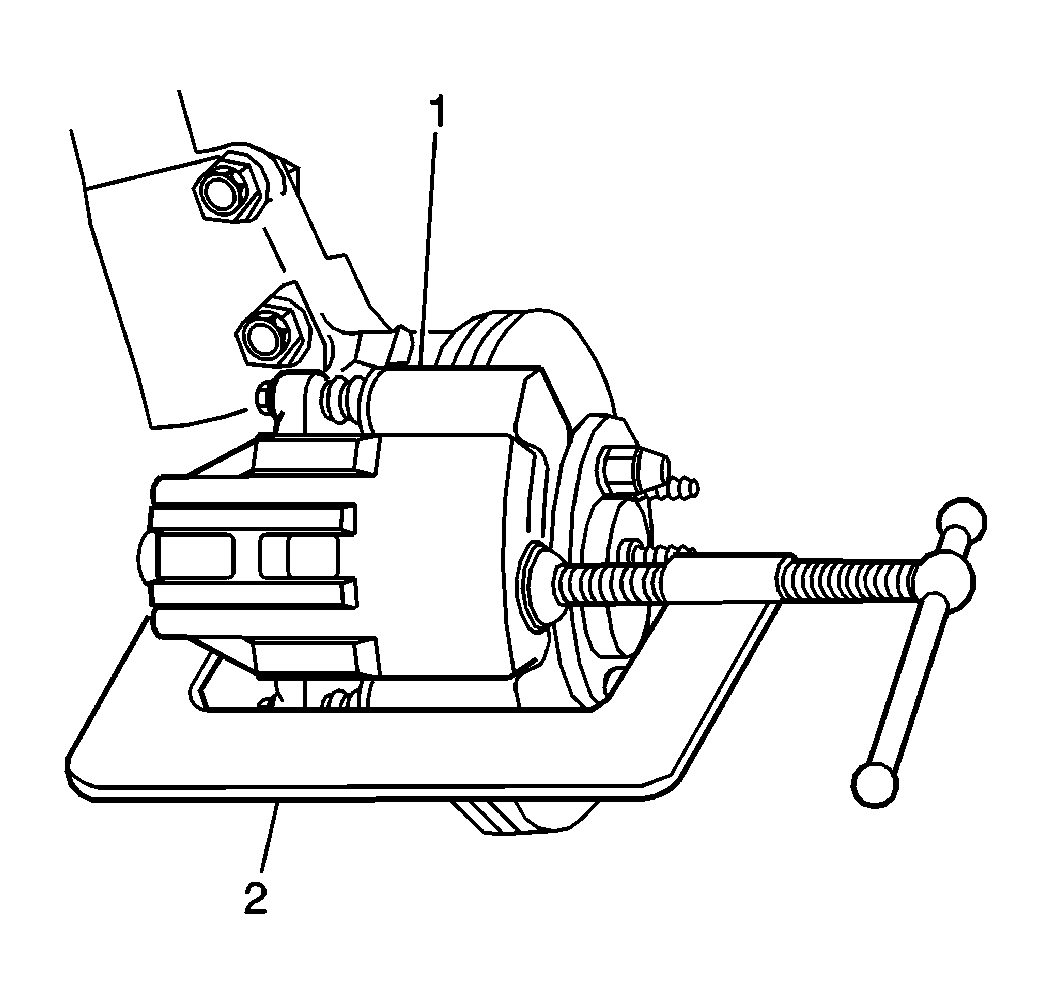
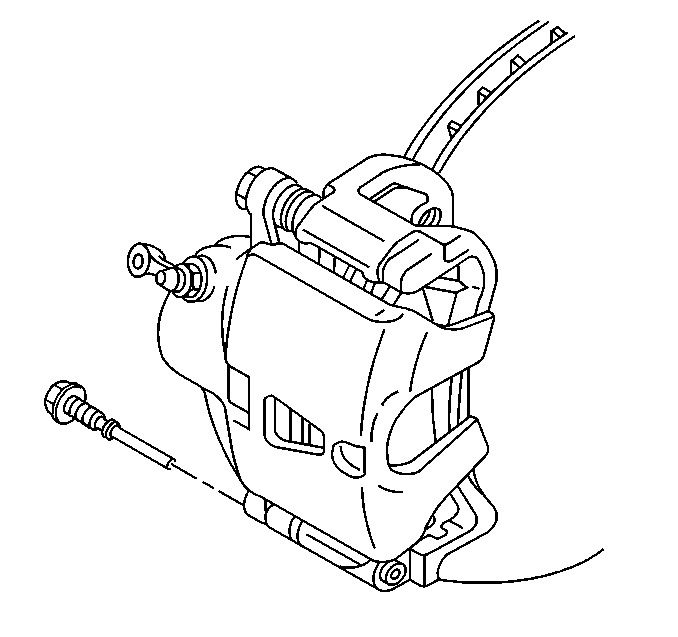

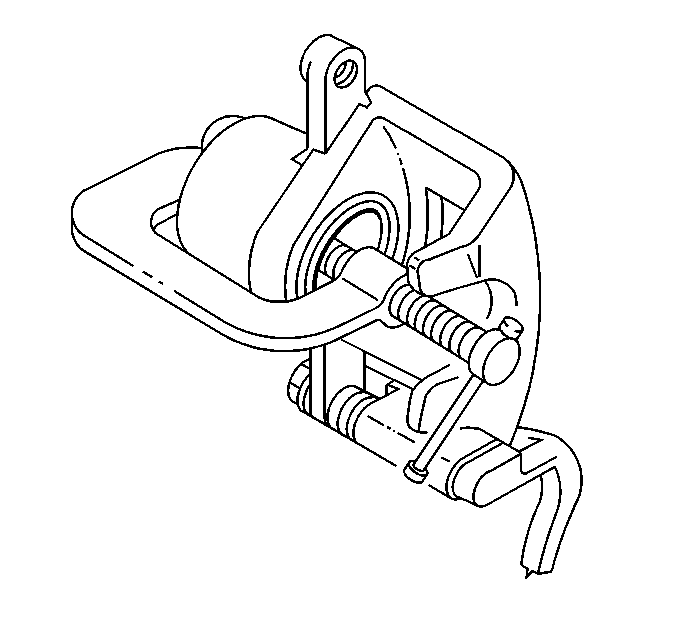
Important: Insert a block of wood or the old brake pad brake between the C-clamp and the brake caliper piston in order to prevent damage to the brake caliper piston and the brake caliper piston boot.
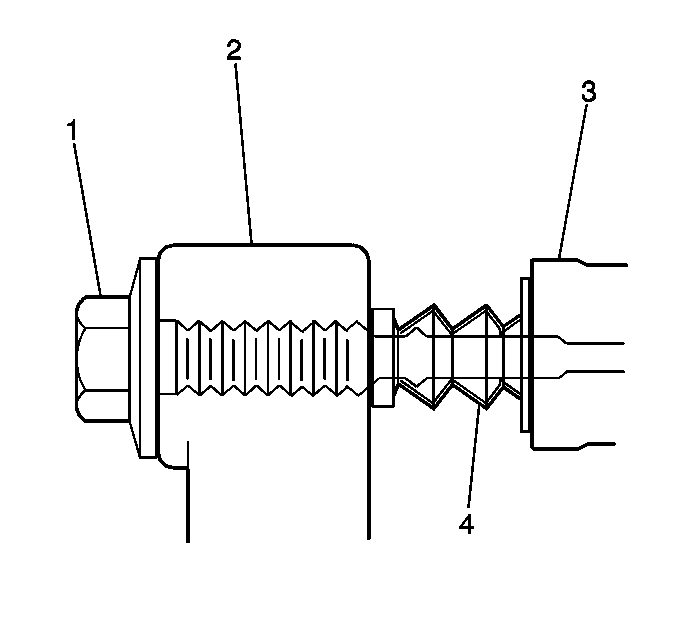
| • | Cuts |
| • | Tears |
| • | Deterioration |
| • | Replace the brake caliper bolt boots if damage exists. Refer to Front Brake Caliper Bracket Replacement . |
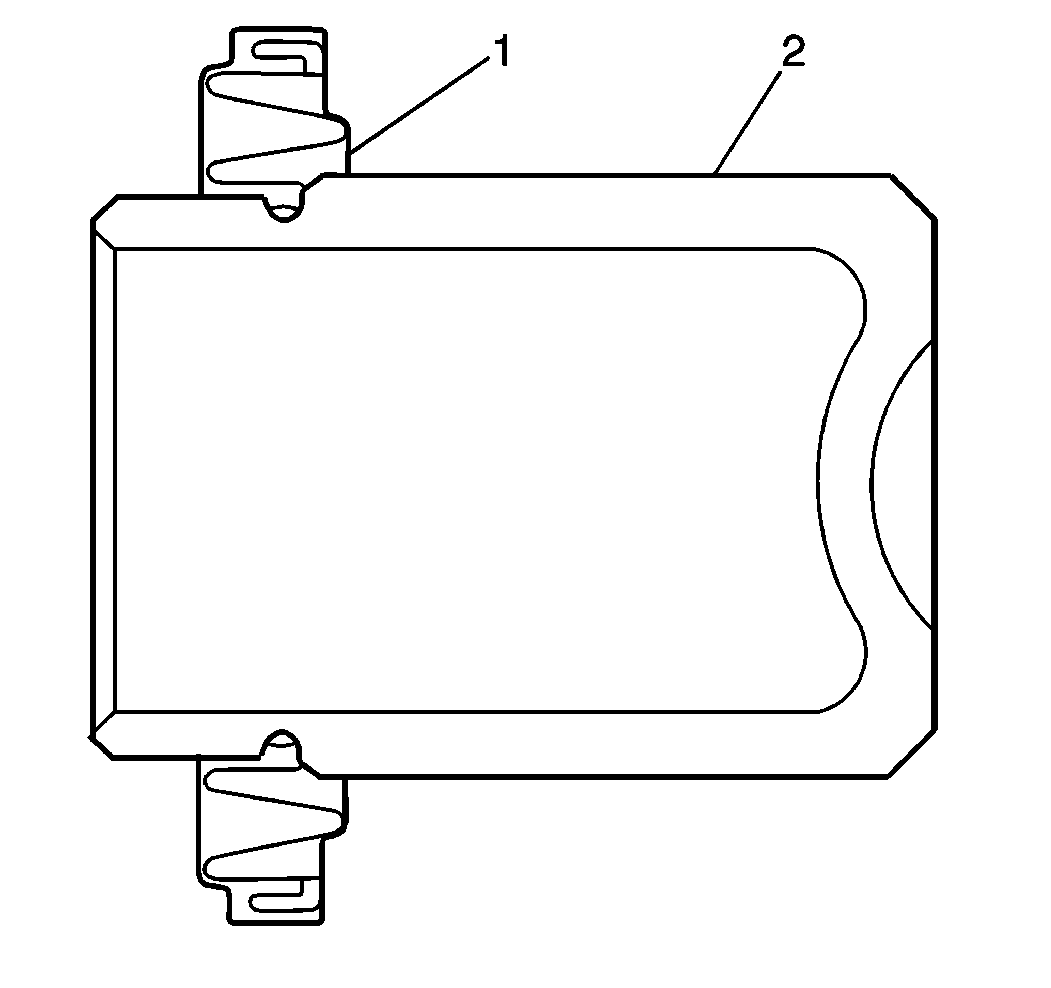
| • | Cuts |
| • | Tears |
| • | Deterioration |
| • | Replace the brake caliper piston boot if damage exists. Refer to Front Brake Caliper Overhaul . |
Installation Procedure
- If you are installing new brake pads, use a C-clamp in order to compress the piston to the bottom of the caliper bore. Use the old brake pad, a metal plate or a wooden block across the face of the piston in order to protect the piston and the caliper boot.
- Ensure that the piston boot is below the level of the piston face.
- Install the two brake pad retainers (4) to the caliper bracket (3).
- Install the brake pads (5) over the brake pad retainers (4) and onto the caliper bracket (3).
- Lubricate the bolt (1) and the bolt boot using silicone grease.
- Swing the caliper (2) down onto the pads (5).
- Install the lower caliper bolt.
- Remove the two wheel nuts securing the rotor to the hub and bearing.
- Install the tire and wheel. Tire and Wheel Removal and Installation in Tires and Wheels.
- Lower the vehicle.
- Fill the master cylinder to the proper level with new clean brake fluid. Refer to Master Cylinder Reservoir Filling in Hydraulic Brakes.
- Pump the brake pedal (3/4 of a full stroke) as many times as necessary to obtain a firm brake pedal.
- Burnish the pads and the rotors. Refer to Brake Pad and Rotor Burnishing .
Important: Use denatured alcohol to clean the outside surface of caliper boot before installing new brake pads.
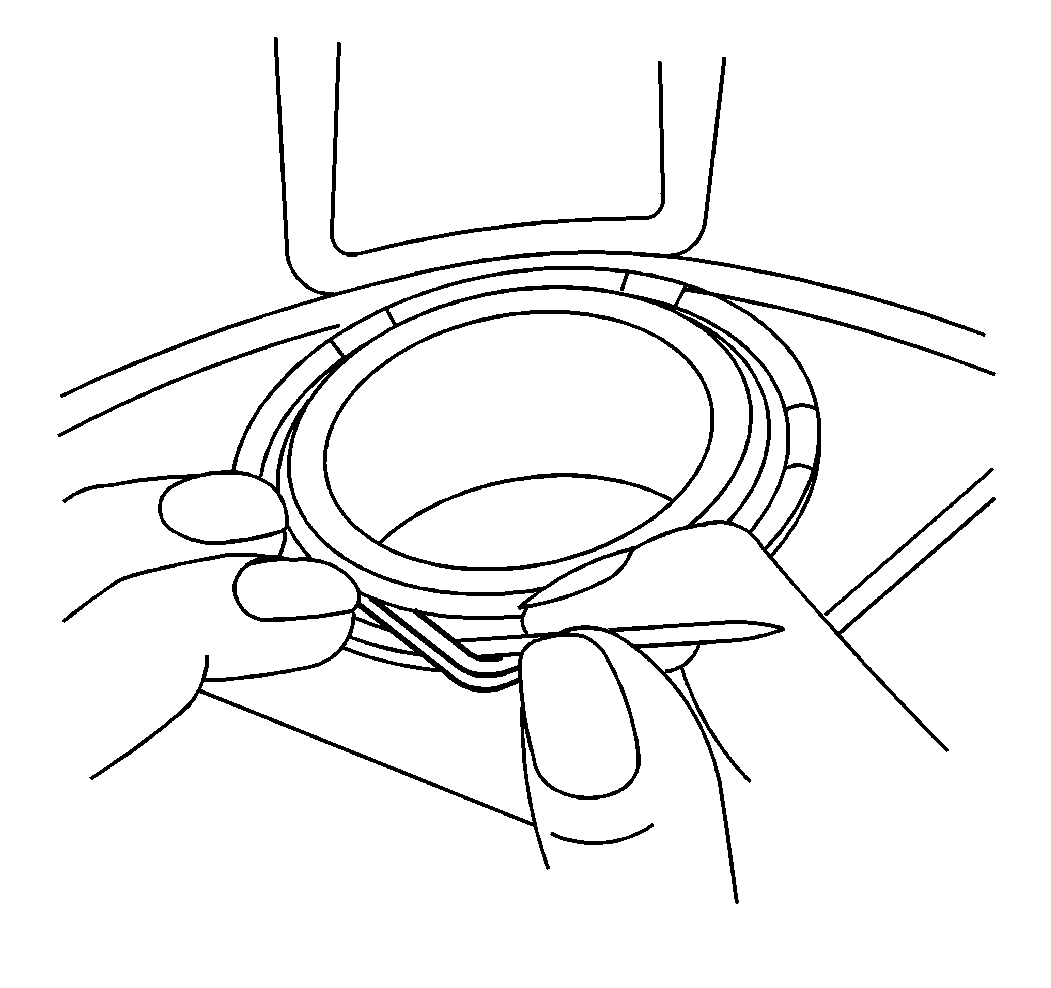
Important: Use a small flat-bladed tool and lift the inner edge caliper boot next to the piston to release any trapped air.

Important: Ensure that the wear sensor is positioned at the leading edge (upward) of the outer pad during forward wheel rotation.
Notice: Use care to avoid damaging pin boot when rotating caliper.

Notice: Use the correct fastener in the correct location. Replacement fasteners must be the correct part number for that application. Fasteners requiring replacement or fasteners requiring the use of thread locking compound or sealant are identified in the service procedure. Do not use paints, lubricants, or corrosion inhibitors on fasteners or fastener joint surfaces unless specified. These coatings affect fastener torque and joint clamping force and may damage the fastener. Use the correct tightening sequence and specifications when installing fasteners in order to avoid damage to parts and systems.
Tighten
Tighten the caliper bolt to 85 N·m (63 lb ft).
Caution: Do not move the vehicle until a firm brake pedal is obtained. Failure to obtain a firm pedal before moving vehicle may result in personal injury.
